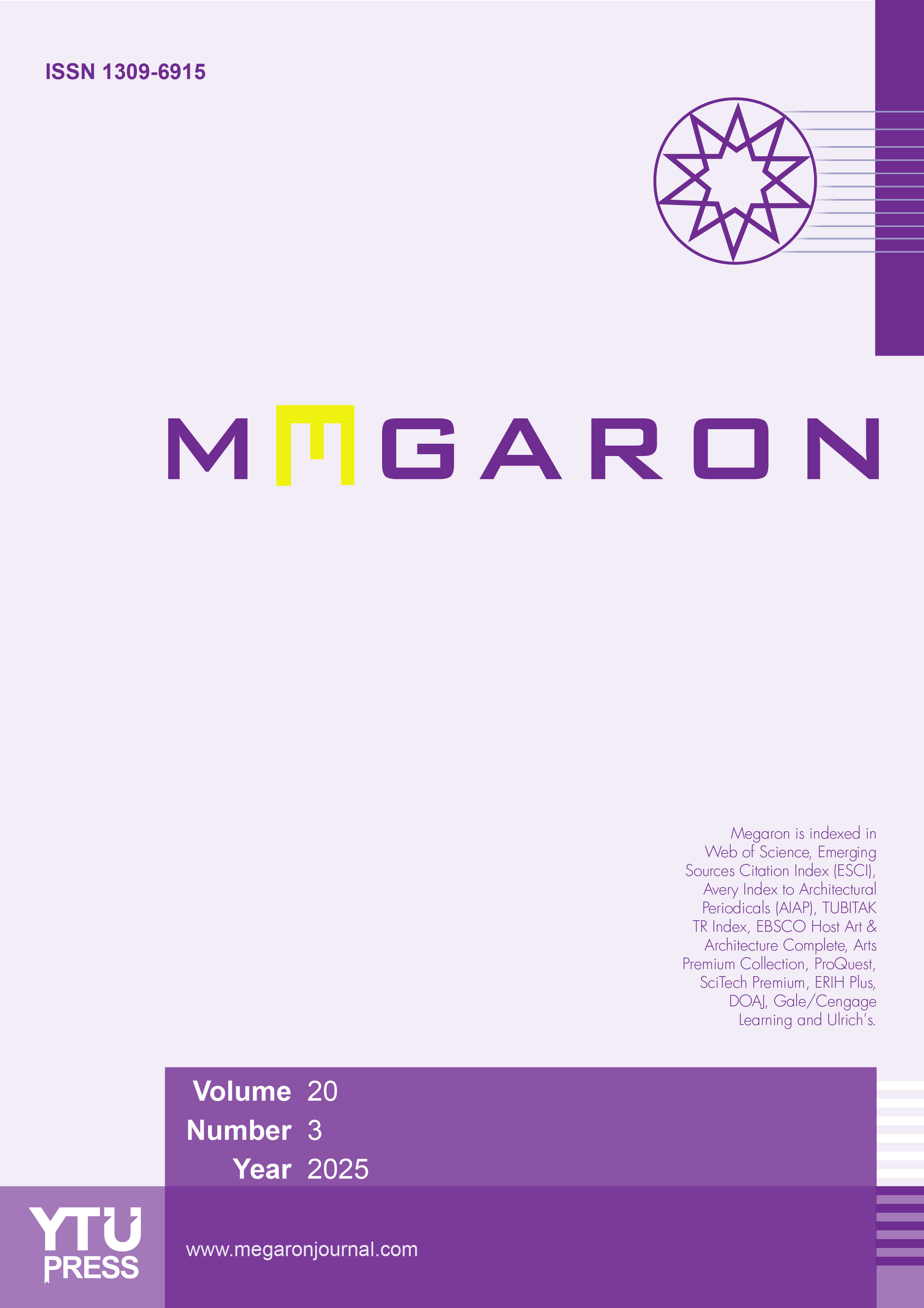A critical discourse on phenomenological reflexes of liveability in architectural design
Irem Can Igci1, Hikmet Selim Okem21Department of Architecture, Ondokuz Mayıs University Faculty of Architecture, Samsun, Türkiye2Department of Architecture, Marmara University Faculty of Architecture and Design, Istanbul, Türkiye
The Cartesian approach draws a sharp distinction between mind and body, adopting a rational and quantifiable understanding of the world. The phenomenological critique of the Cartesian approach emphasizes that it neglects the subject’s perceptions, emotions, and experiences; instead, it argues that the mind and body perform in unity. The concept of liveability (livability), which gained significant momentum in the 20th century alongside phenomenology, encompasses notions such as well-being, happiness, and satisfaction, in addition to objective indicators focused on the quality of the physical environment. These notions demonstrate that liveability possesses a subjective dimension that is perceptual, sensory, and experiential in nature. However, liveability assessments predominantly focus on objective indicators and quantitative data, overlooking the multidimensional and complex nature of liveability that pertains to both the object and the subject. This study aims to highlight the theoretical and methodological potentials of liveability from a Cartesian-critical perspective by analyzing its phenomenological dimensions through theoretical and discursive analysis. Phenomenology offers an alternative understanding of liveability and insights for place-making by defining the subject’s lived experience and bodily perception within the context of place-time. Based on thinkers such as Husserl, Heidegger, Merleau-Ponty, and Norberg-Schulz, and architects like Pallasmaa, Tschumi, Zumthor, Holl, and Aalto, phenomenologically, liveable places are environments that support human existence through multisensory experiences, emotional resonance, and embodied perception. Rather than aiming for urban perfection, liveability focuses on enhancing well-being by enriching the identity and experiential quality of places, ultimately contributing to a higher quality of life.
Keywords: Architectural design, cartesian criticism, liveability, phenomenology, place-making.Manuscript Language: English








